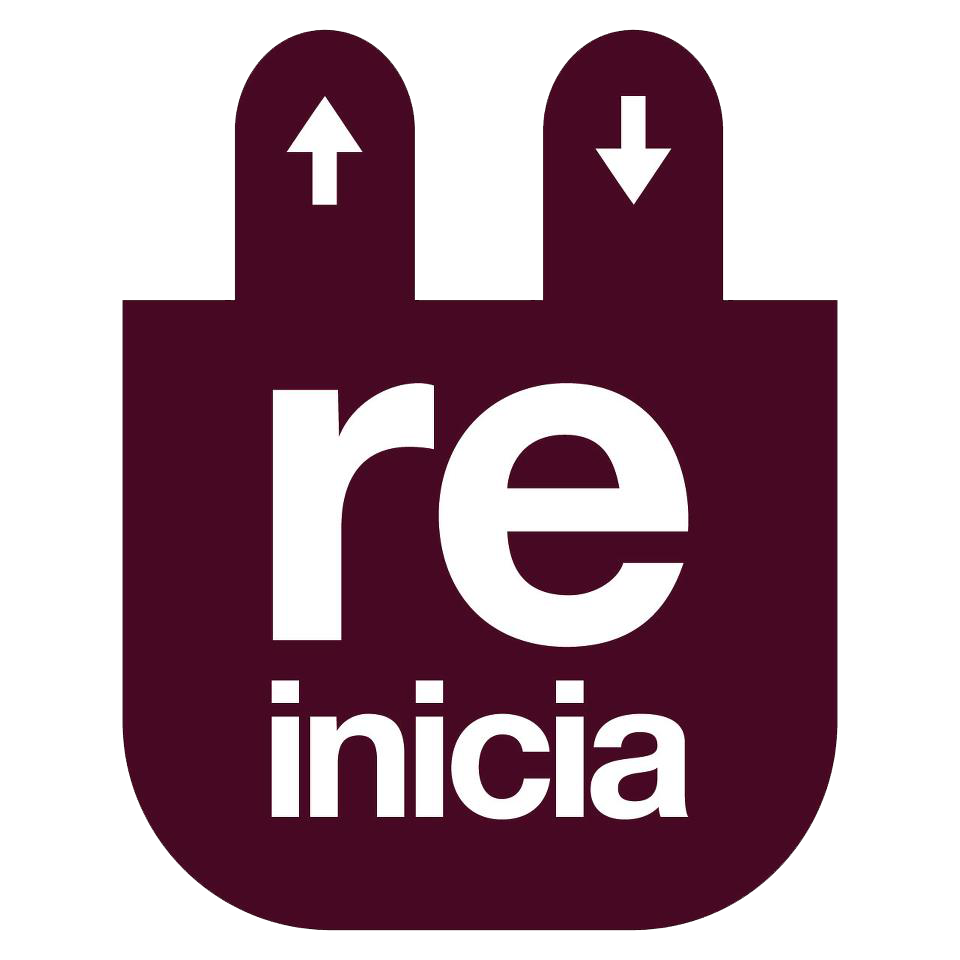Term: TWISTED PAIR CABLE
A twisted pair cable comprises two joined insulated conductors forming a twist. These cables can drive balanced lines. A balanced cable (see balanced signal) is a configuration of two electrically identical conductors. The electrical signal is referenced to ground that is point zero in the circuit. Balanced lines reject noise from low-frequency 50/60 Hz (Power line) up to megahertz or higher signals.
Virtually all professional audio installations use shielded twisted pair audio signal due to its properties against noise. Microphone and Line level audio signals between -60 and -20 dBu and +4 dBu respectively, are transmitted over twisted pair.
In the consumer equipment line level is transmitted at level of -10 dBV and the cable has a connection “live” and a shield, which we call unbalanced cable. These cables are effective only for short distances and they only have the noise protection offered by the shield.
At the beginning twisted pair wiring was designed to drive low frequency signals as telephone audio signal. But later it began to design twisted pair cables to transmit high frequency signals as the data signals (Category cables). So that USB, DVI, HDMI, IEEE 1394 cables, among others, also transmit its signal through twisted pair cables.






